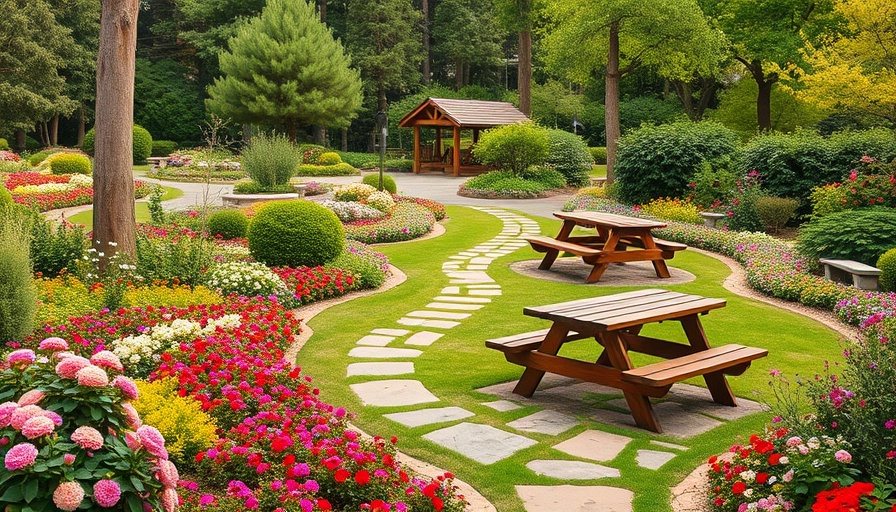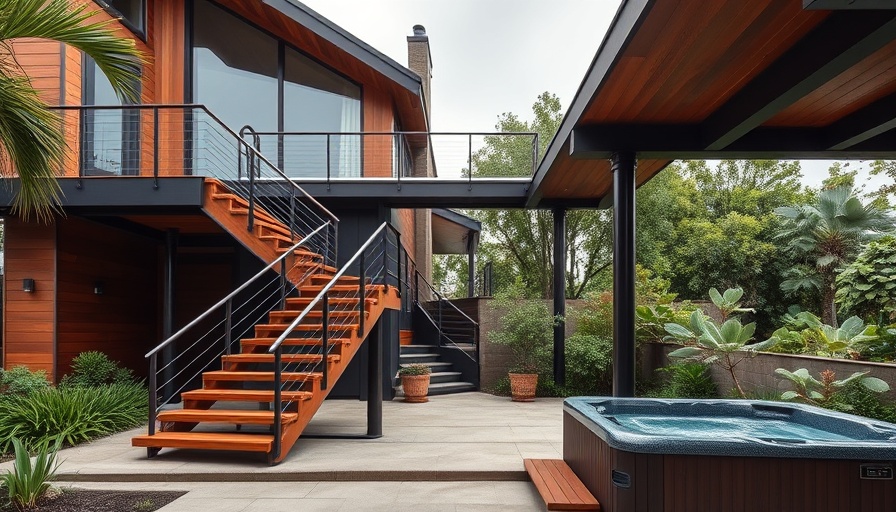
Transforming Small Urban Spaces: A Case Study
In today’s urban settings, outdoor spaces often come at a premium. The owners of a compact backyard in East London faced the challenge of transforming a mere 323 square feet into a lush retreat. Following renovations to their kitchen, they engaged landscape designers Paul Duffy and Peter Robinson from GRDN to create a garden that was not only functional but also aesthetically pleasing. As Duffy notes, the old backyard felt industrial and unattractive, with little vegetation and a substantial amount of construction debris. The main goal was to establish a green haven for relaxation and entertainment within the confines of the city.
Creative Solutions for Limited Space
From city gardens in Boston to urban backyards in Seattle, the principles of small-space gardening are essential for maximizing enjoyment and green beauty. As noted in various examples, small urban gardens, such as the one redesigned in London, demonstrate how careful planning and creative design can dramatically enhance livability. In the London garden context, the challenge was to soften the harsh backdrop of an industrial factory while also ensuring that the space was functional and visually pleasing. “We started with a blank canvas,” recalls Duffy, who emphasizes the importance of establishing boundaries and effective hardscaping to create a visually appealing landscape.
Incorporating Nature into Urban Design
Vertical gardening is one invaluable technique for cities facing space constraints. The designers of the East London backyard utilized vertical planters and container gardening to introduce greenery without taking up precious ground space. Similarly, urban gardening experts suggest maximizing yield by blending vegetables with ornamental plants, effectively marrying beauty and practicality in tight quarters. “Why not make a visual statement with your food?” encourages urban gardening expert Nan Chase, who highlights the use of vertical spaces as a key to thriving gardens.
Creating a Seamless Interior-Exterior Experience
One of the remarkable achievements of the East London garden was its integration with the indoors. With significant glazing in the kitchen, owners desired a seamless flow from the kitchen to their outdoor oasis. This integration not only aids in the functionality of the space but also enhances the overall appreciation of the garden from within. In essence, the space becomes an outdoor extension of the home, allowing for unobtrusive transitions between internal and external spaces, greatly enhancing everyday living.
Lessons Learned: Handling Challenges and Obstacles
Managing urban gardens inevitably involves navigating challenges like poor soil conditions and limited sunlight exposure. Designers Duffy and Robinson confronted such difficulties head-on by enriching the soil and selecting hardy plants that could thrive with the environmental constraints. They enriched this formerly muddy patch into a flourishing outdoor space by paying close attention to drainage and plant selection. “It was important to choose plants that could endure the urban environment and still provide a vibrant display,” Duffy explains.
Final Thoughts: The Future of Urban Gardening
As urbanization continues to expand, creating green spaces in metropolitan areas will become even more critical for enhancing residents’ quality of life. By rethinking the design of small outdoor spaces, individuals can contribute to the greening of cities, creating pockets of joy and tranquility amid the concrete. These transformations not only enrich individual lives but also lead to a more sustainable urban future.
So whether you’re contemplating a redesign of your limited space or exploring innovative gardening techniques, be inspired by the dedicated garden transformations occurring in cities around the globe!
 Add Row
Add Row  Add
Add 




Write A Comment